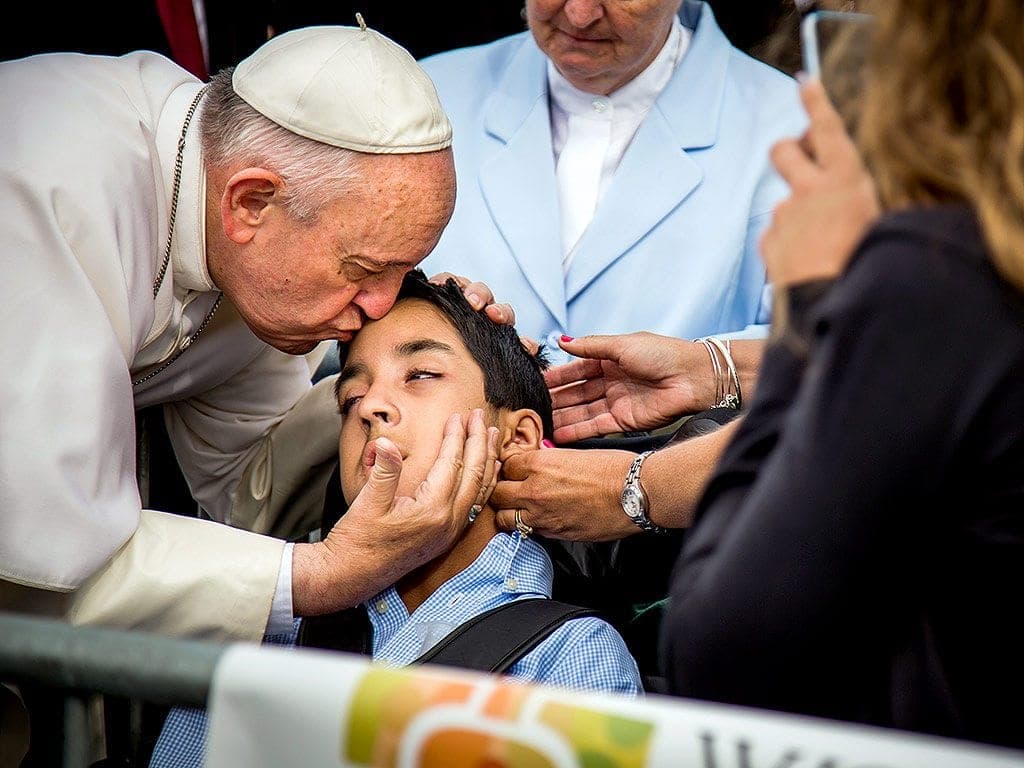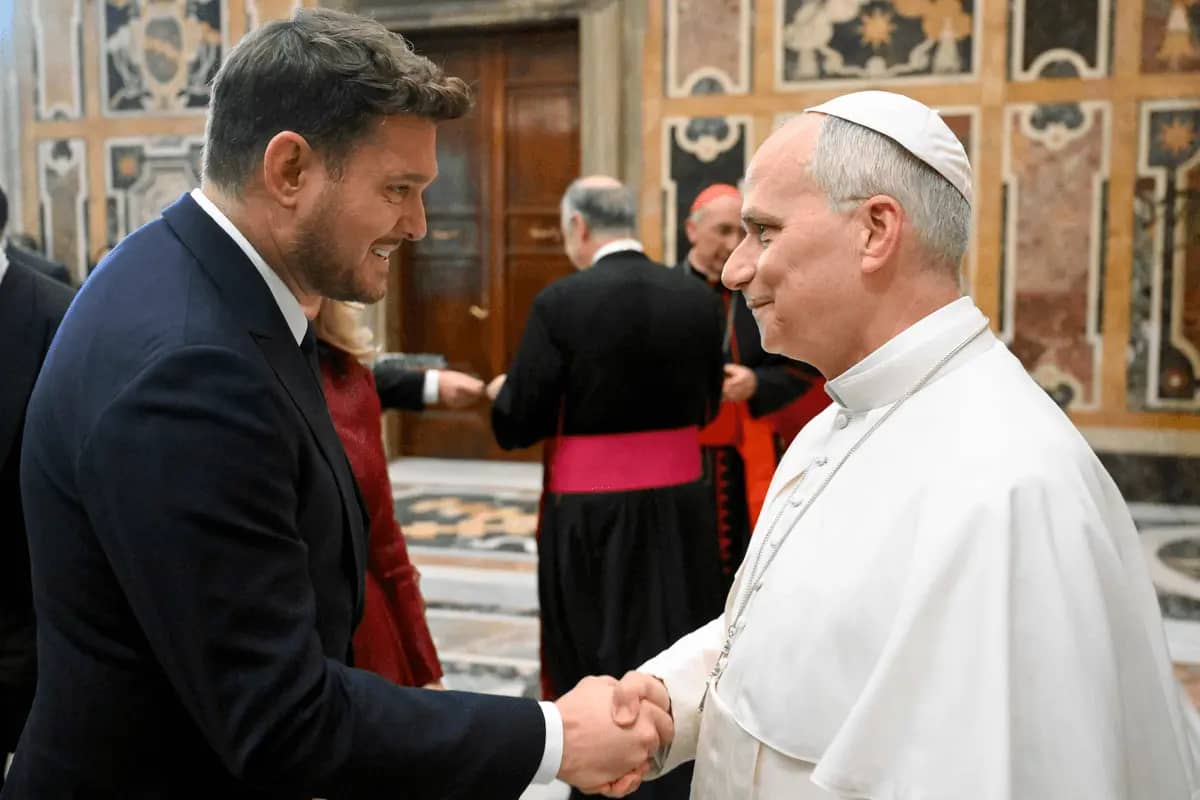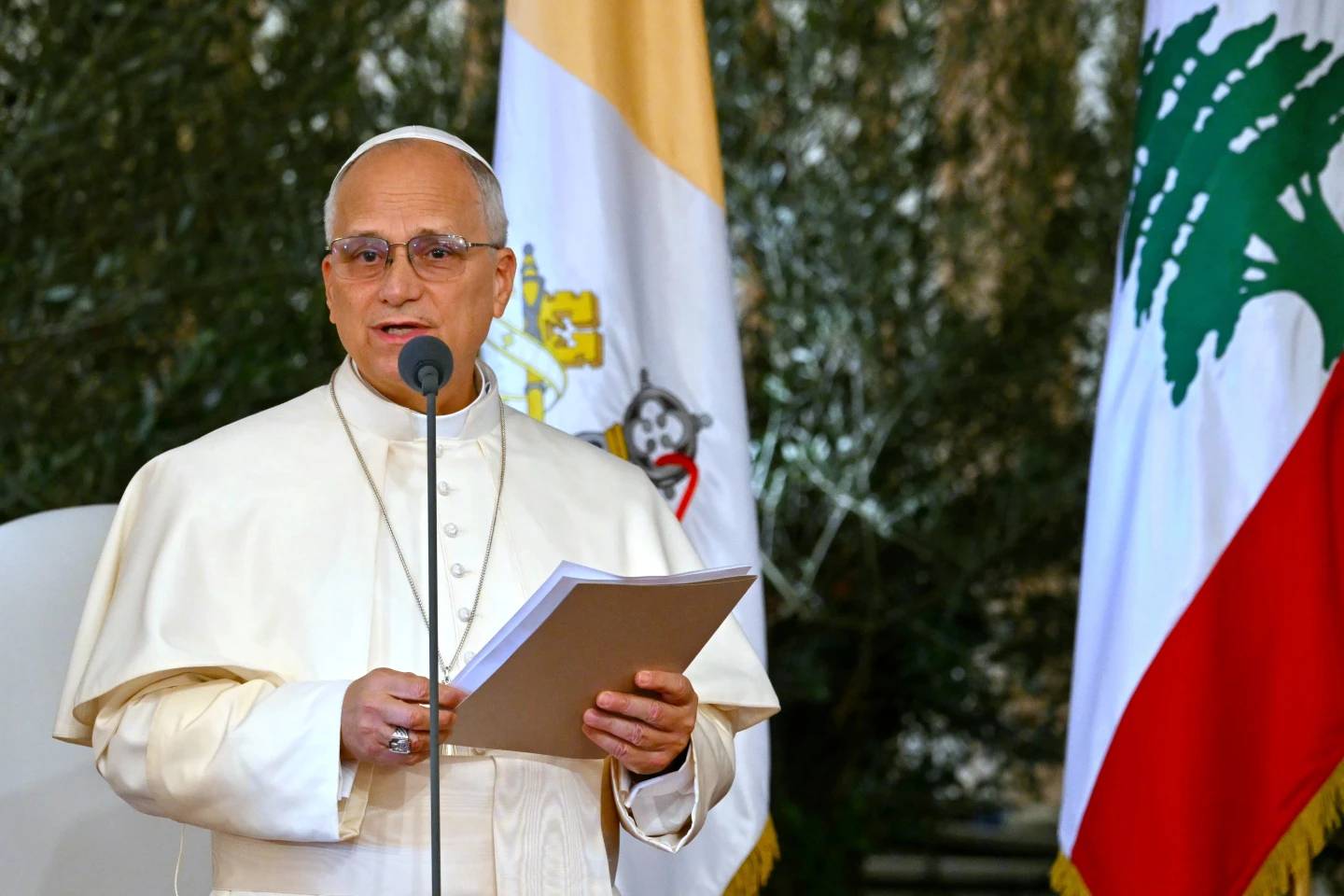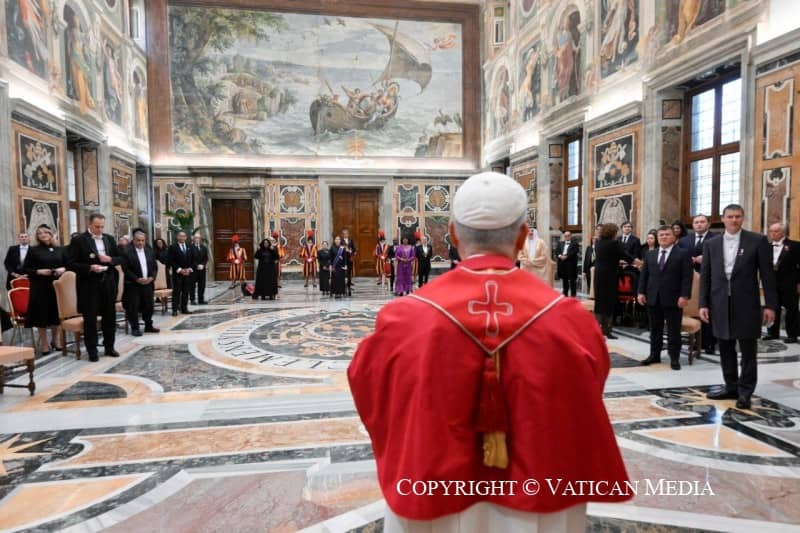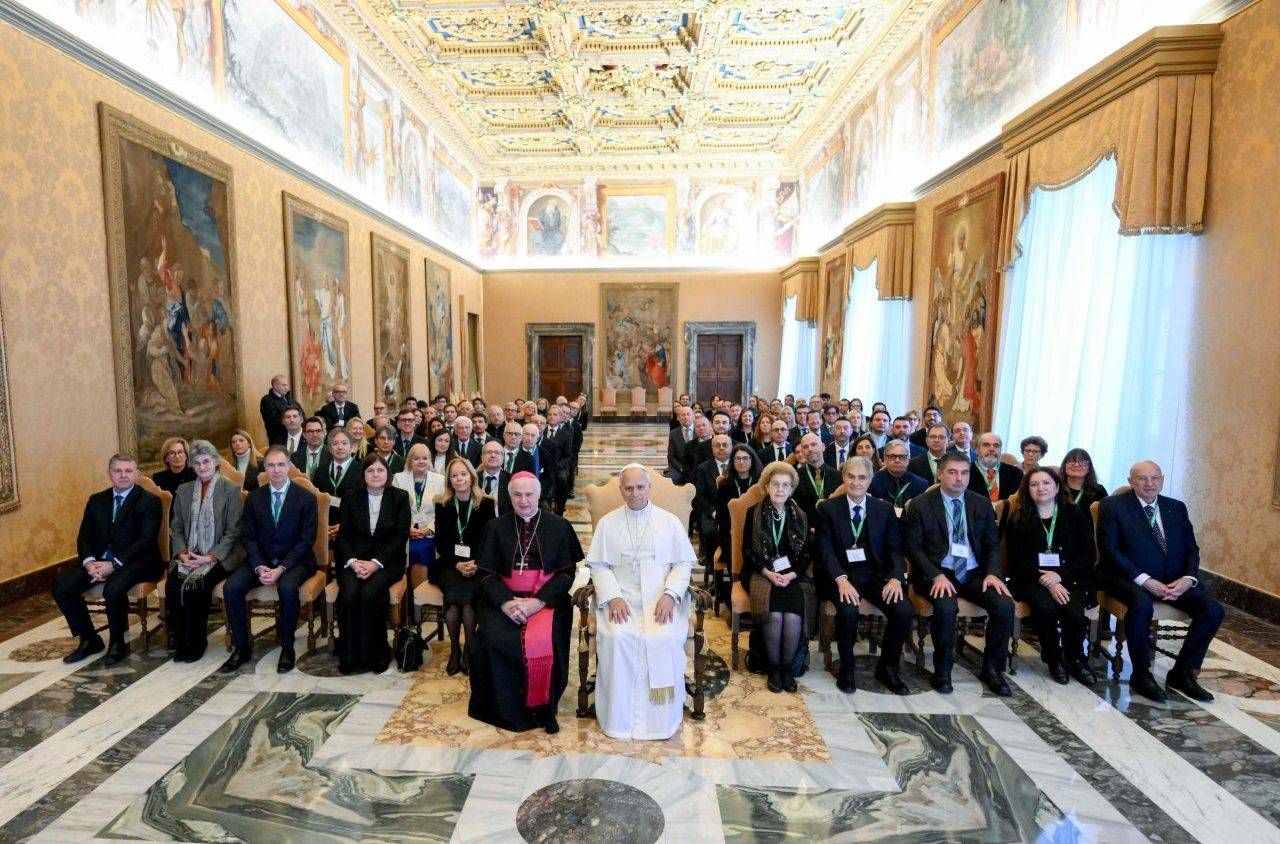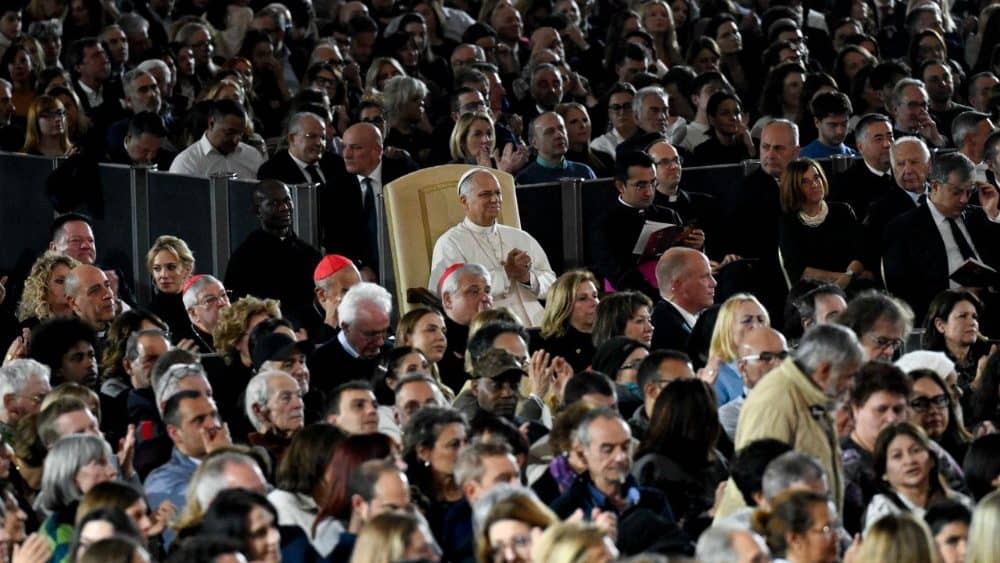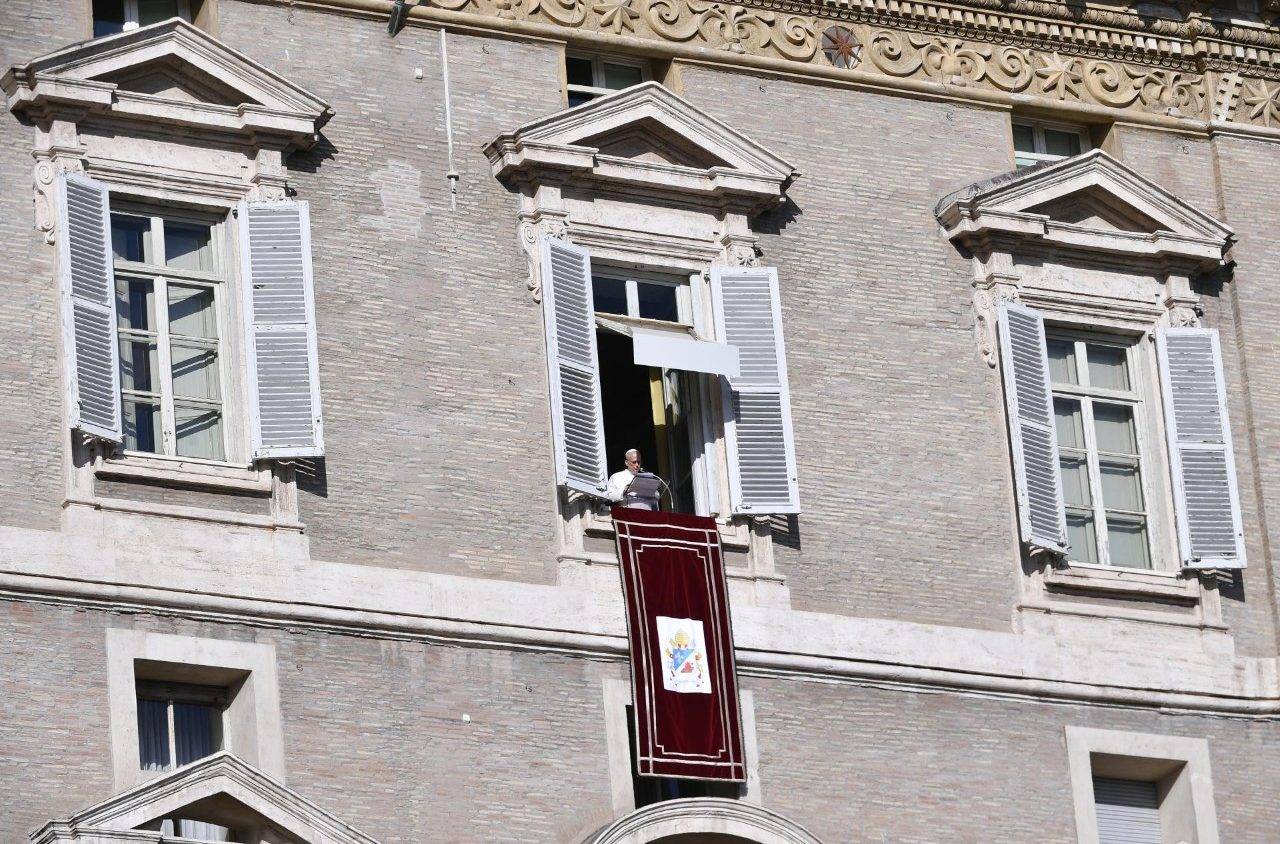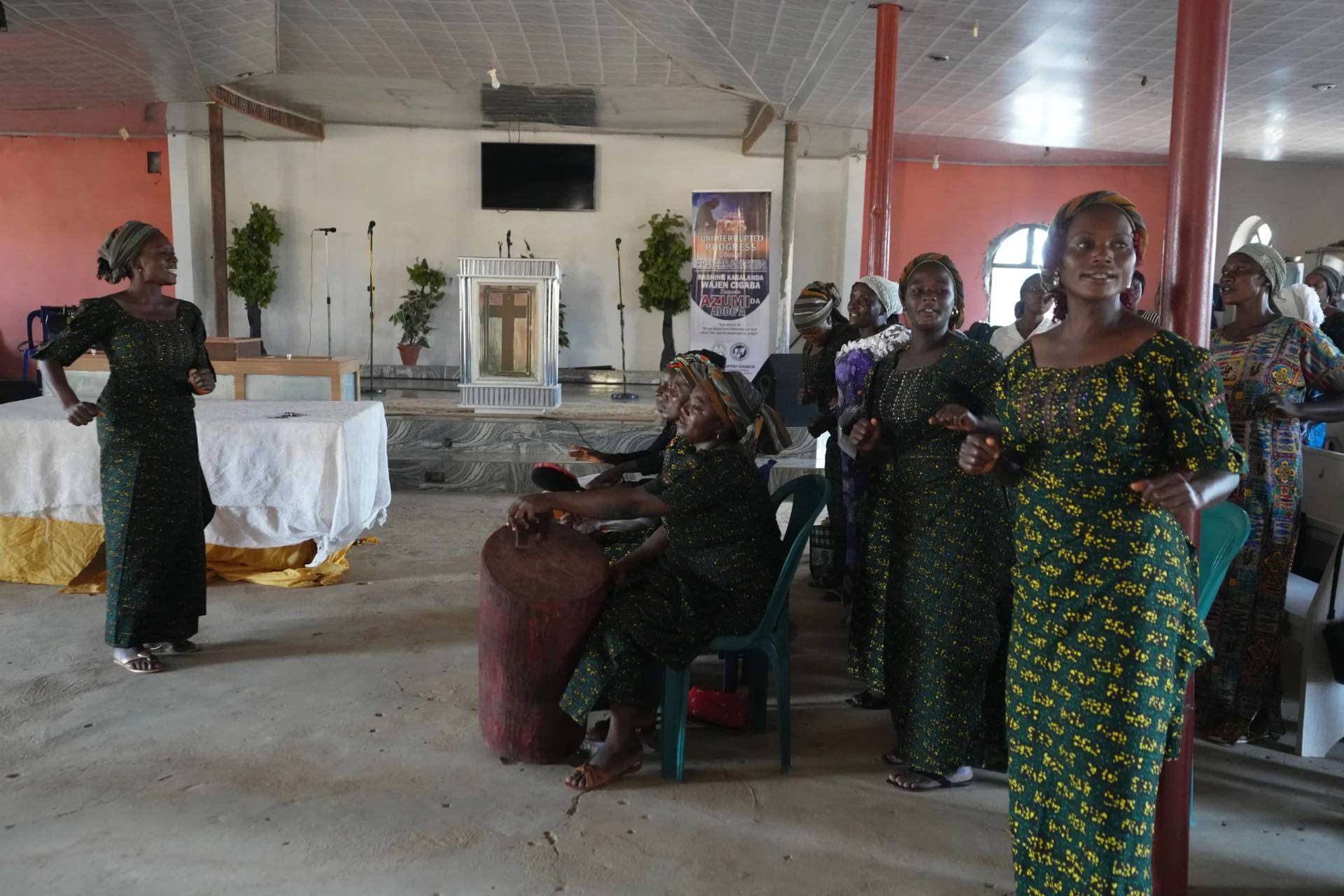Last Sunday, Pope Francis led a mass in St. Peter’s Square focused on people with disabilities and the need to build a more inclusive society. The event featured stories from people with disabilities and caregivers, participation by altar boys with Down syndrome, a reading from a blind young woman, and the event was streamed with sign language translation.
In prepared and distributed, remarks, the pope warned priests against withholding sacraments from people with mental illness.
Such an event feels like a good start. To serve people effectively with disabilities, the elite leaders of the Catholic church need to find ways to empower people with disabilities to occupy such active roles routinely.
Since Francis became Pope, I’ve been following the ways he’s engaged with questions of disability in both his writings and the use of disability as spectacle in his public appearances. The latter especially troubles me.
There’s a long history of disability serving only as an opportunity for non-disabled people to demonstrate their piety through service, a “charity model” of disability that’s kind, but ultimately still promotes otherness and exclusion.
Religious leaders are especially prone to endorsing this charity model through words or actions.
Here are a few examples of perfectly good acts that received global press coverage, but didn’t seem to lead to any substantive change in how the Church empowered people with disabilities.
- Pope Francis recently kissed a disabled American boy, in Rome, while celebrating Easter Mass.
- Pope Francis kissed a disabled child in Philadelphia during his 2015 visit to America.
- In 2013, Francis received global news coverage for the viral image of him pausing to lay his hands on the heavily tumored-face of a man with neurofibromatosis.
- At his inauguration, Francis descended from the Popemobile to kiss and cradle the head of a disabled man.
There are lots of these incidents. They don’t all involve kissing, but the spectacle of the public blessing is what generates the press coverage.
The pope is not responsible for who comes forward to receive his blessing, but it’s become clear, almost rote, that he will stop what he’s doing to engage with people with disabilities. The press publishes photos and stories with the narrative that Pope Francis is especially devout because he ministers to the least abled, the most pitiable.
That is surely not the pope’s intended message, but is the consequence of treating disability as spectacle.
As I wrote recently for Crux, the recent papal letter Amoris Laetitia confirms the preeminent place of the charity model of disability within the Vatican. The document consistently describes the disabled individual as passive, needing the love and care of others, but not envisioned as taking an active role in society as parents, workers, or even as caregivers themselves.
I wrote, “I’m struck by the narrow view of disability within the text, and the barriers it imposes between disabled and abled family members. Where is the papal message to disabled children about how they might respond to their families? More critically, where are the disabled parents?”
This Sunday’s event doesn’t really answer those questions, but does show a pathway to developing a more robust practice of active inclusion.
But that’s only if this event leads to two different kinds of structural change.
First, accessibility matters. After the inauguration of Pope Francis, Lenny Davis, a leading disability scholar, reacted to the blessing during the inauguration by writing, “If Pope Francis wants to ‘help’ people with disabilities, he will have to abandon his habit of kissing and blessing people with disabilities. Instead, he should make all churches accessible — not only architecturally, but also practically so blind and deaf people can attend and follow the services. He would have to open the clergy up to all kinds of people, including priests with disabilities.”
That call for all kinds of accessibility remains important today. There are some autistic priests, for example, but there’s also evidence that disabled individuals are turned away from pursuing a vocation in the priesthood.
Second, inclusion has to be an everyday enterprise. We build inclusive spaces not by holding special events in which the non-disabled allow the disabled to participate, but by constructing fully integrated environments in which all have access as equally as possible.
I spoke to David Gayes, a former student with whom I frequently discuss disability and Catholicism, about his experiences with inclusion. He told me that “inclusion Sundays” are pretty common in the Chicagoland Catholic community, often organized by the Pathways Foundation of Chicago.
He admitted, “I have mixed feelings about them, even when they are done ‘well.’ When the people with disabilities are passive, it’s horrible. [Even] when people with disabilities are given agency, it can still go wrong.”
“As we sometimes see with MLK day or Black History Month, some people think, ‘Well, we’ve included them. We’re done. Next year, we’ll include them again,'” Gayes said.
Awareness events may be a first step, but Gayes wants to see the Church strive for something more universal. “What we need is full belonging in all faith services and programs,” he said, “full integration that is based on a respect of the gifts, talents, and contributions of each member of the community.”
What happens after Sunday’s special mass? The Vatican could show enormous leadership by pushing to move the Church from the charity model of disability to what activists and scholars call the “social model.”
In the social model, we respond to disability by creating systems and cultures that are radically inclusive, so that individuals are not disabled by lack of access or stigma.
Kissing visibly disabled children and adults is kind. It’s a good example. But disabled Catholics (and non-Catholics) need systematic change so that they can be treated as full members of the Faith and full members of humanity.
That work, as near as I can tell, is only just beginning.
David M. Perry is a professor of history at Dominican University and a disability rights journalist. His writing can be found at his website – How Did We Get Into This Mess? Follow him on Twitter @lollardfish
